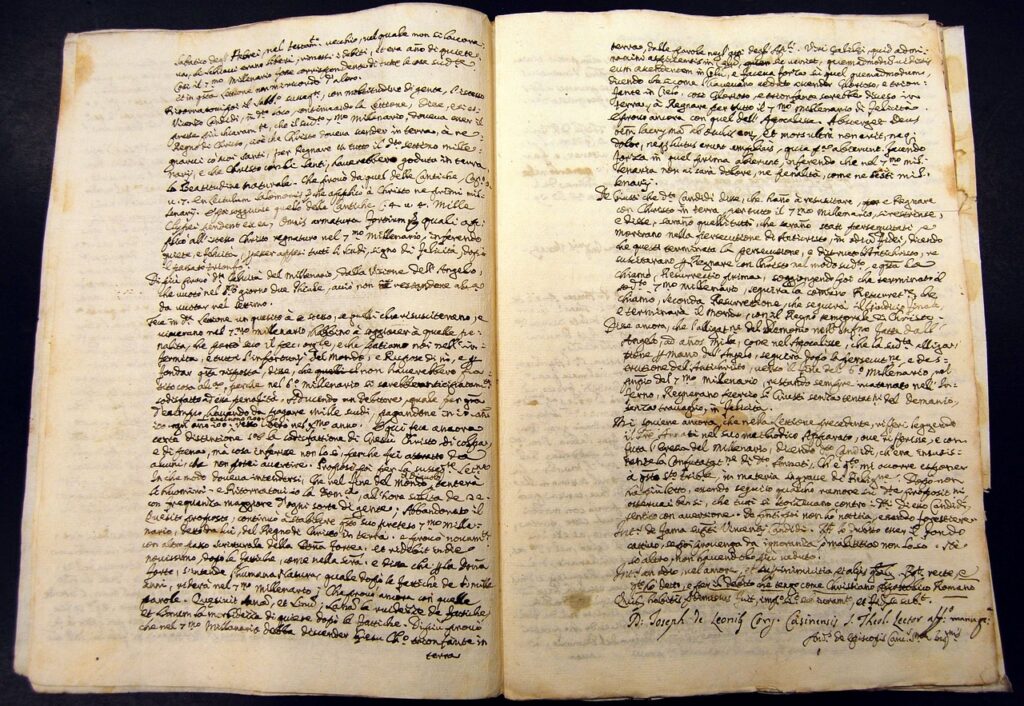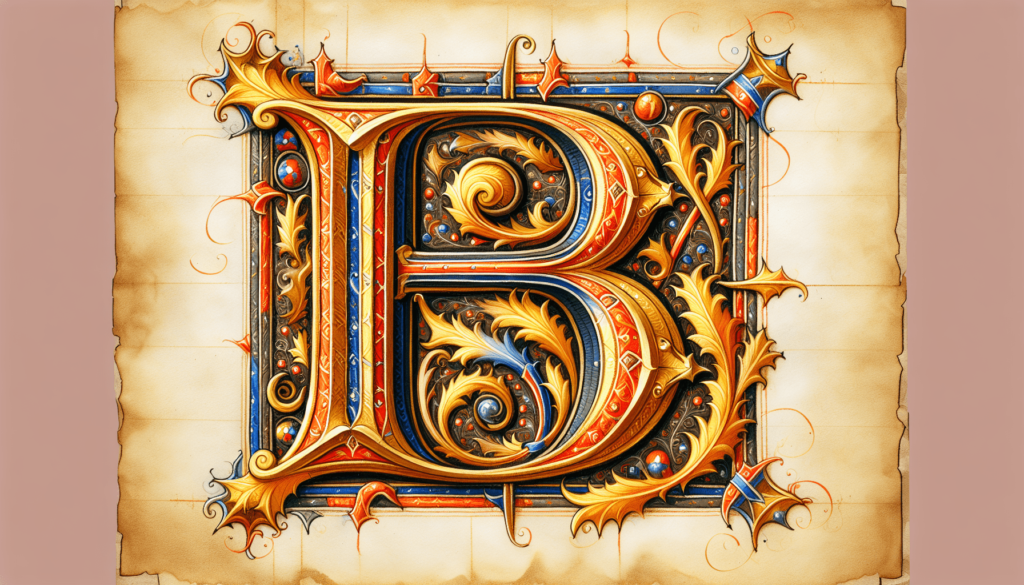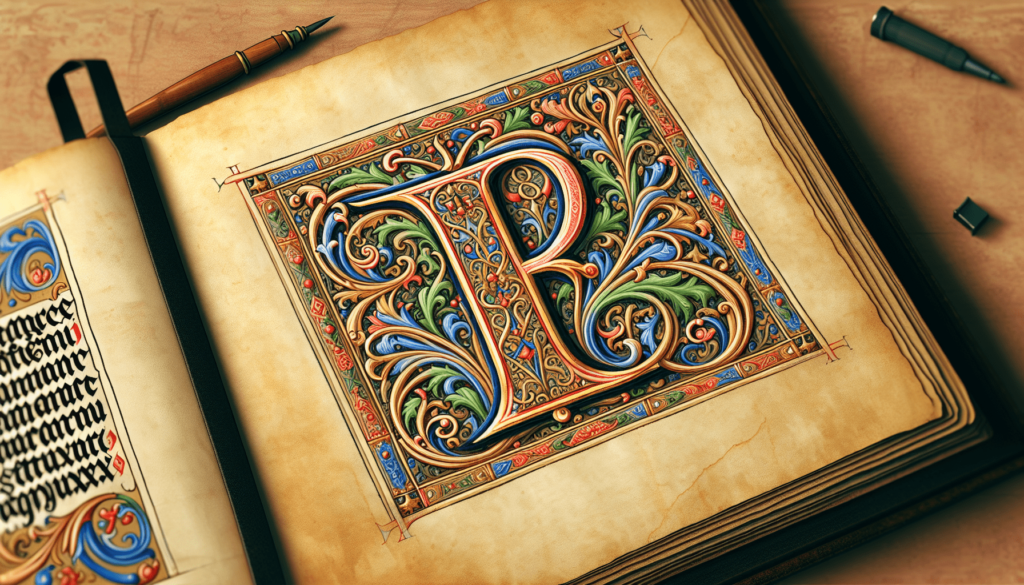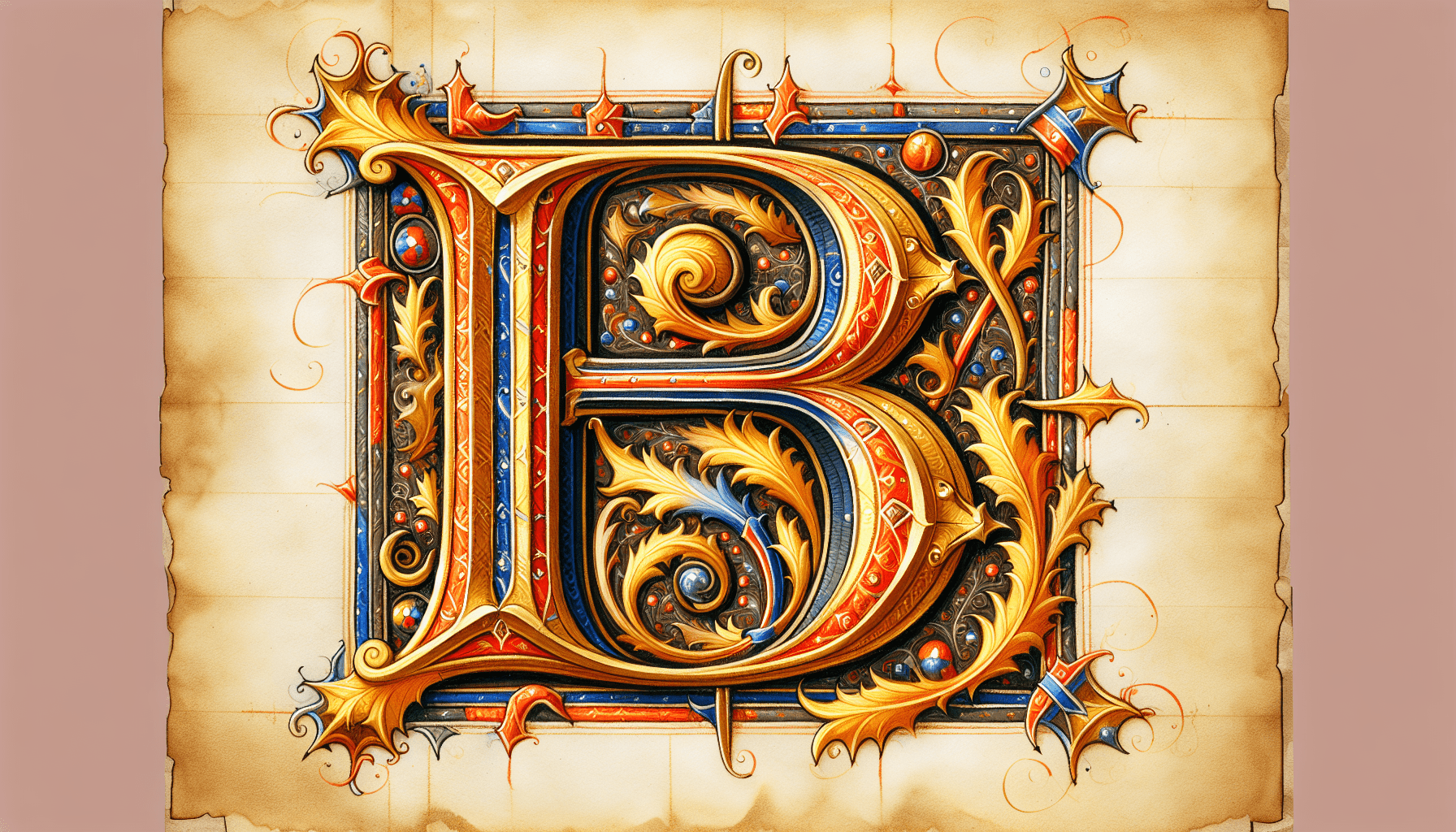Welcome to a beginner’s guide on how to interpret illuminated manuscripts! These intricately designed manuscripts offer a window into the past, showcasing the expertise and creativity of artists from centuries ago. By paying attention to details such as the colors, symbols, and illustrations used in these manuscripts, you will be able to uncover a wealth of historical and cultural information. Get ready to dive into the world of illuminated manuscripts and discover the stories they have to tell.
How To Interpret Illuminated Manuscripts
Have you ever come across a beautifully decorated medieval manuscript and wondered what all those intricate illustrations and decorations meant? In this article, we will guide you through the process of interpreting illuminated manuscripts. From understanding the symbolism behind different elements to deciphering the text, you will learn how to navigate these fascinating historical artifacts with ease.

Understanding the History of Illuminated Manuscripts
Let’s start with the basics. Illuminated manuscripts are handwritten books that were decorated with elaborate designs, illustrations, and often gold or silver leaf. They were produced during the Middle Ages and Renaissance periods, with some of the most famous examples dating back to the 6th century.
Background Information
Imagine holding a book that was painstakingly crafted by hand, with every page adorned with intricate designs and vibrant colors. These manuscripts were often created by monks and skilled scribes in monasteries and scriptoria, and were highly prized for their beauty and craftsmanship.
Evolution of Illuminated Manuscripts
As time passed, the art of illuminating manuscripts evolved, with artists experimenting with different styles, techniques, and motifs. From the detailed miniatures of the Carolingian era to the opulent decorations of the Gothic period, illuminated manuscripts reflect the artistic trends and cultural influences of their time.
Deciphering the Symbols and Motifs
One of the most intriguing aspects of illuminated manuscripts is the use of symbols and motifs to convey meaning and enhance the text. Understanding these symbols can provide valuable insights into the intended message of the manuscript.
Common Symbols in Illuminated Manuscripts
From religious symbols like the cross and the dove to mythical creatures like unicorns and griffins, illuminated manuscripts are filled with a rich tapestry of symbols. Each symbol has its own significance and can help unlock the deeper meaning of the text.
Symbolism in Different Cultures
Symbolism in illuminated manuscripts is not limited to Christian imagery. Many manuscripts also incorporate symbols from different cultures and religions, reflecting the diverse influences of the time. By studying these symbols in their historical context, you can gain a deeper appreciation for the artistic and cultural significance of the manuscript.
Decoding the Text
In addition to the visual elements, illuminated manuscripts also contain written text that is often in Latin or another language of the era. Decoding the text can be a challenging but rewarding endeavor, as it allows you to delve into the literary and historical context of the manuscript.
Translating the Text
If the manuscript is written in a language that you are not familiar with, it can be helpful to seek out translations or consult with experts who can help you understand the content. Translating the text will give you valuable insights into the narrative, themes, and messages conveyed in the manuscript.
Analyzing the Script
The script used in illuminated manuscripts can vary widely, depending on the time period and region in which the manuscript was created. By analyzing the style and characteristics of the script, you can learn more about the origins of the manuscript and the individuals involved in its production.

Studying the Artistic Techniques
The artistic techniques used in illuminated manuscripts are both sophisticated and varied, ranging from delicate brushwork to intricate detailing. By studying these techniques, you can gain a deeper appreciation for the skill and creativity of the artists who created these masterpieces.
Illumination Styles
Illuminated manuscripts encompass a wide range of styles, from the bold and colorful art of the Romanesque period to the delicate and intricate depictions of nature in the Renaissance. Each style has its own unique characteristics and techniques, reflecting the artistic preferences of the time.
Materials and Tools
Artists used a variety of materials and tools to create illuminated manuscripts, including parchment, vellum, pigments, and gold leaf. By understanding the materials and tools used in the production of illuminated manuscripts, you can gain insights into the technical aspects of their creation.

Preservation and Conservation
Preserving illuminated manuscripts for future generations is a crucial task, as these fragile artifacts are susceptible to damage from light, humidity, and handling. By learning about the techniques and practices used in the preservation and conservation of manuscripts, you can help ensure that these treasures are protected for years to come.
Preservation Techniques
Preservation techniques for illuminated manuscripts include storing them in climate-controlled environments, using protective enclosures, and limiting their exposure to light and humidity. These practices help prevent deterioration and prolong the lifespan of the manuscripts.
Conservation Efforts
Conservation efforts for illuminated manuscripts involve professional restorers and conservators who specialize in repairing damage, stabilizing fragile pages, and enhancing visibility of the artwork. By supporting these conservation efforts, you can contribute to the long-term preservation of these valuable historical artifacts.

Conclusion
In conclusion, interpreting illuminated manuscripts is a rewarding endeavor that allows you to explore the rich history and artistry of the Middle Ages and Renaissance. By understanding the history, symbolism, text, artistic techniques, and preservation methods of illuminated manuscripts, you can unlock the secrets of these beautiful and enigmatic treasures. So next time you come across an illuminated manuscript, take a closer look and let its intricate details transport you back in time to a world of beauty, creativity, and inspiration.


Leave a Reply